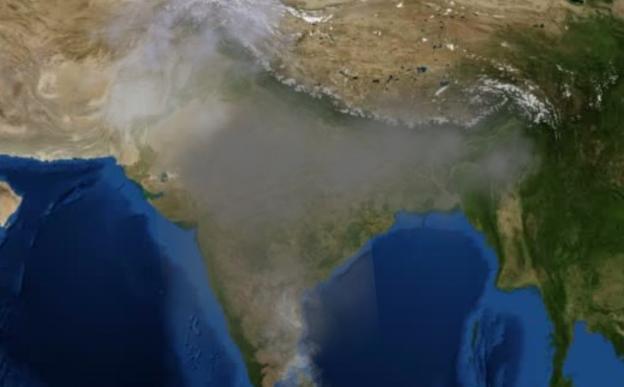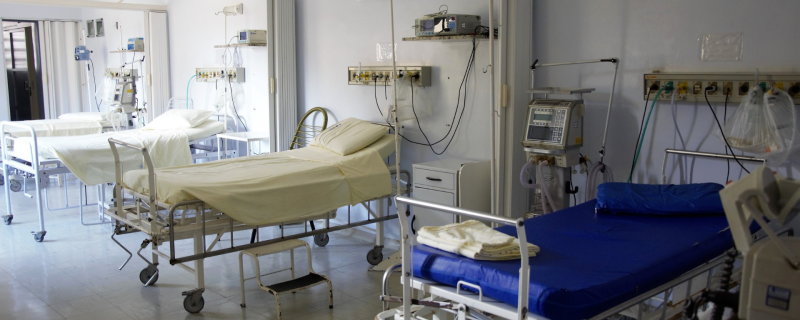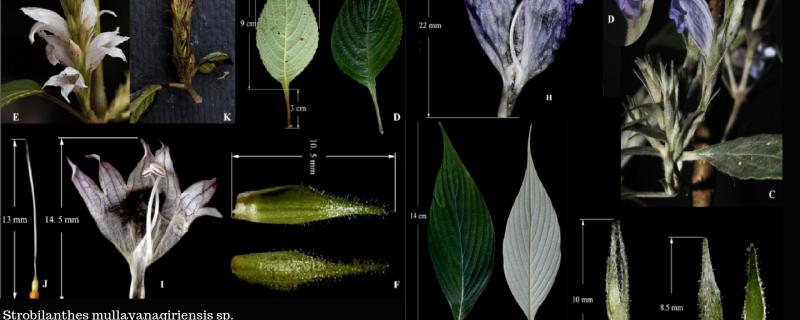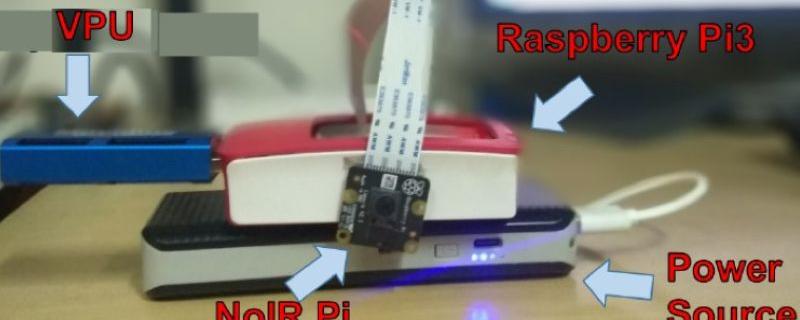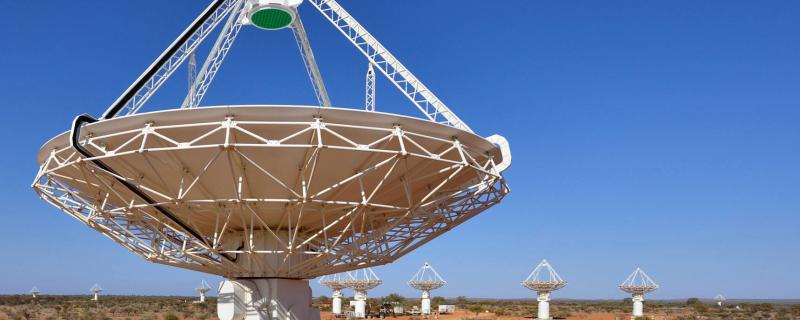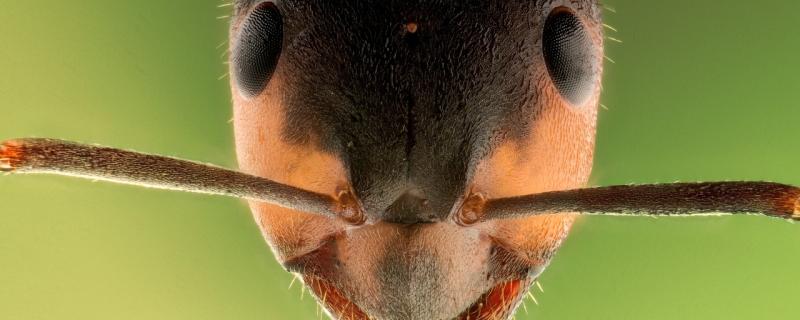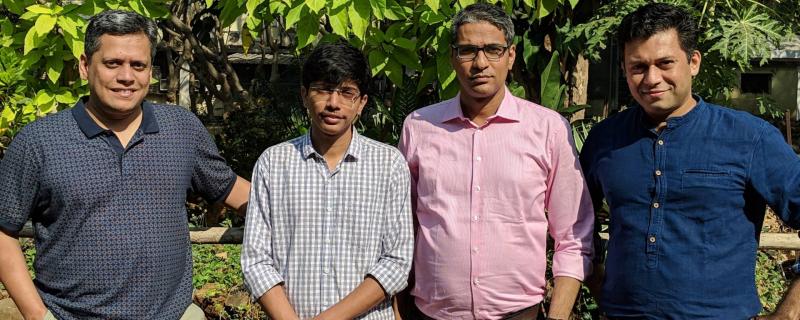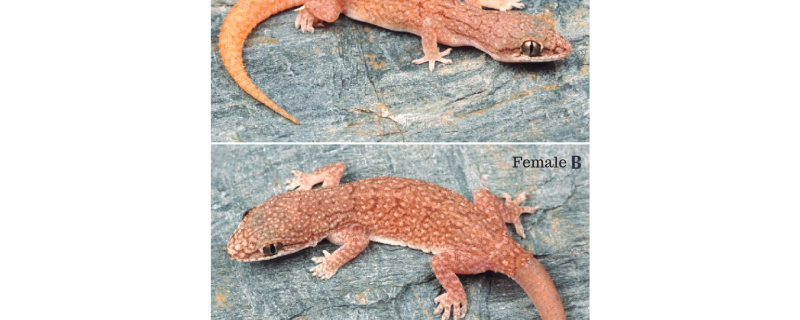Researchers from Sankara Nethralaya, Chennai, SASTRA University, Thanjavur and Elite School of Optometry, Chennai have studied how the environmental factors of a classroom affect a student’s clarity of vision.
Satellite analysis confirms rising temperatures and wind patterns are driving aerosol spikes across India, with a record high in 2022 following the historic lows of the COVID-19 lockdown.
Nagpur/
